On 16 December 1953, the first television broadcast in Western Canada was transmitted from this site by the Canadian Broadcasting Corporation's CBUT Channel 2. The engineering experience gained here was instrumental in the subsequent establishment of the more than one thousand public and private television broadcasting sites that serve Western Canada today.
BC

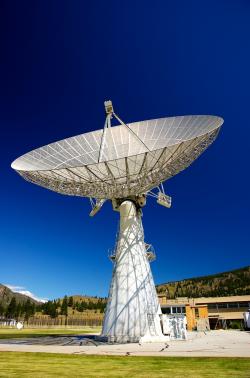
On the morning of 17 April 1967, radio astronomers used this radiotelescope at DRAO and a second one at the Algonquin Radio Observatory located 3074 km away to make the first successful radio astronomical observations using Very Long Baseline Interferometry. Today, VLBI networks span the globe, extend into space and continue to make significant contributions to both radio astronomy and geodesy.
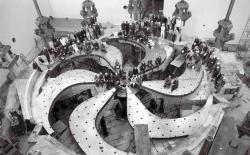
At 3:30 pm on 15 December 1974, the first 500 MeV proton beam was extracted from the TRIUMF cyclotron. Since then, TRIUMF has used proton beams from its cyclotron (and secondary beams of pions, muons, neutrons and radioactive ions produced in its experimental halls) to conduct pioneering studies that have advanced nuclear physics, particle physics, molecular and materials science, and nuclear medicine.
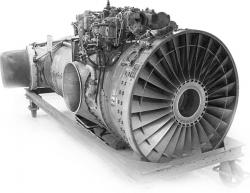
Bristol State: BC Zip: BS34 7QE Country: UK Website: http://www.asme.org/about-asme/history/landmarks/topics-a-l/air-and-space-transportation/--168-pegasus-3-engine-bs-916-%281960%29, https://www.asme.org/getmedia/f2e04cf6-f24f-4633-bb2f-ef61c5deb500/168-Pegasus-3-Engine-BS-916.aspx Creator: Bristol Aero-Engines Ltd. (now part of Rolls-Royce), Hooker, Stanley
The Pegasus 3 is the earliest surviving example of the prototype engine for vertical/short takeoff and landing (V/STOL) jets, namely the Royal Air Force's Harriers and US Marine Corps' AV-8Bs. Owned by the Rolls- Royce Heritage Trust (a company-sponsored history and preservation society), the artifact is an early developmental model of the Pegasus 3 engine, the first to fly with sufficient thrust to prove the vectored-thrust concept for V/STOL jet aircraft, in 1960.
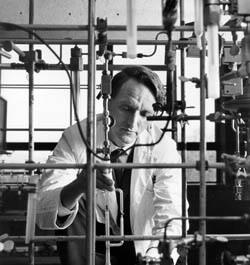
In 1962 Neil Bartlett demonstrated the first reaction of a noble gas. The noble gas family of elements - helium, neon, argon, krypton, xenon, and radon - had previously been regarded as inert. By combining xenon with a platinum fluoride, Bartlett created the first noble gas compound. This reaction began the field of noble gas chemistry, which became fundamental to the scientific understanding of the chemical bond. Noble gas compounds have helped create anti-tumor agents and have been used in lasers.
Innovations
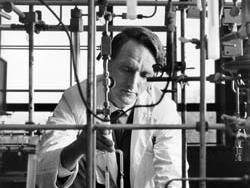
In 1962 Neil Bartlett demonstrated the first reaction of a noble gas. The noble gas family of elements - helium, neon, argon, krypton, xenon, and radon - had previously been regarded as inert. By combining xenon with a platinum fluoride, Bartlett created the first noble gas compound. This…
Read More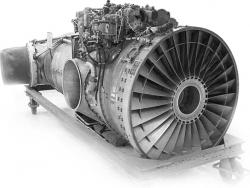
The Pegasus 3 is the earliest surviving example of the prototype engine for vertical/short takeoff and landing (V/STOL) jets, namely the Royal Air Force's Harriers and US Marine Corps' AV-8Bs. Owned by the Rolls- Royce Heritage Trust (a company-sponsored history and preservation society), the…
Read More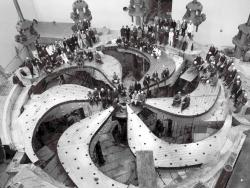
At 3:30 pm on 15 December 1974, the first 500 MeV proton beam was extracted from the TRIUMF cyclotron. Since then, TRIUMF has used proton beams from its cyclotron (and secondary beams of pions, muons, neutrons and radioactive ions produced in its experimental halls) to conduct pioneering studies…
Read More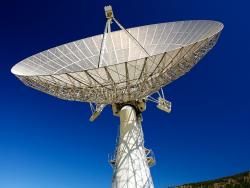
On the morning of 17 April 1967, radio astronomers used this radiotelescope at DRAO and a second one at the Algonquin Radio Observatory located 3074 km away to make the first successful radio astronomical observations using Very Long Baseline Interferometry. Today, VLBI networks span the globe,…
Read More
On 16 December 1953, the first television broadcast in Western Canada was transmitted from this site by the Canadian Broadcasting Corporation's CBUT Channel 2. The engineering experience gained here was instrumental in the subsequent establishment of the more than one thousand public and…
Read More

